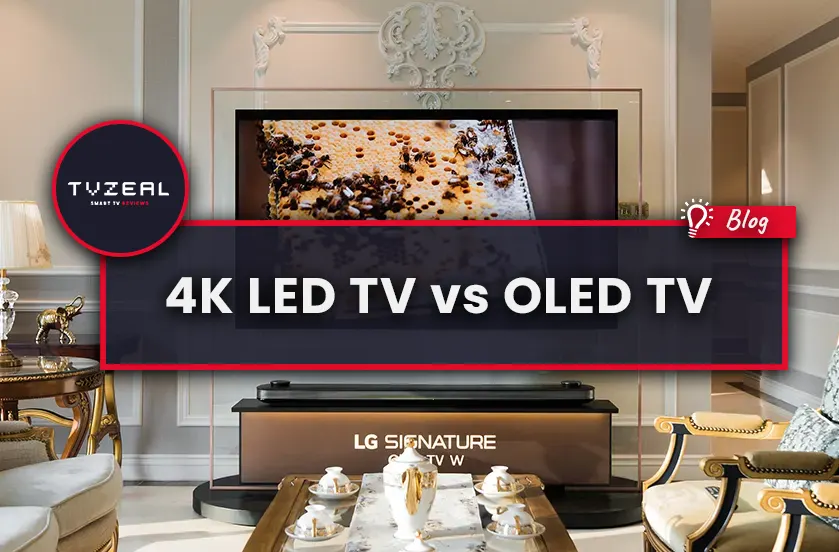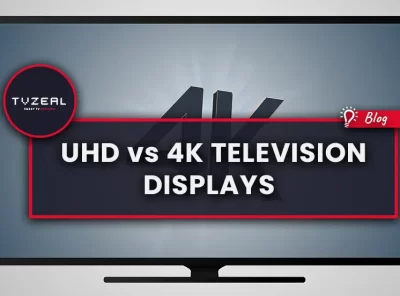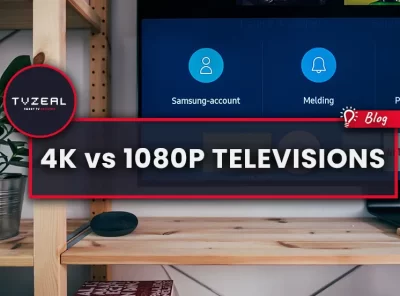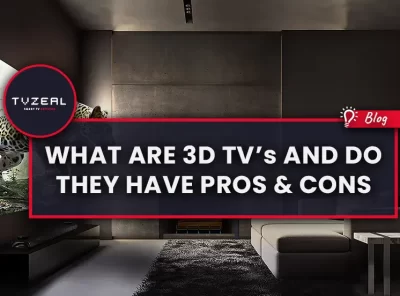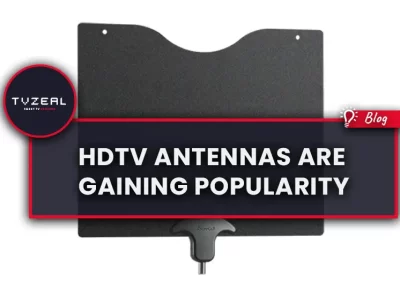4K LED TV vs OLED TV
4K and OLED, there has been a lot of hype around these two words this year and manufacturers have been racing to release televisions with these technologies. Lately, the price of 4K sets have dropped and 4K content is all set to be released in the upcoming months, but the main debate is which of the two types of television offer the best viewing experience. We give both a fair trial and compare the two against each other.
What is 4K and OLED?
4K is basically 4 times the of a standard HDTV. All the big names like Sony, LG have released their lines of 4K televisions. 4K guarantees that you never see pixels from up close no matter how large the TV screen is. In fact, the larger the better, and you’ll get to see fantastic levels of detail.
Then there’s OLED which stands for Organic Light-Emitting Diode. It is an upgraded version of LED but where LED requires each pixel to light up from behind, OLED pixels have their own discreet light source. OLED will produce visibly better images and have lower energy consumption.
Most upcoming 4K screens are going to be LEDs. It was Samsung that originally came up with the term, but it is now becoming the de-facto standard for television manufacturers. LEDs are an enhanced version of standard LCDs, and they have light-emitting diodes as a backlight, as compared to regular fluorescent backlights for LCDs. 4K LED TVs are more or less the current-standard TVs, just with a better resolution.
On the other hand, OLED is a technology which is still a work in progress. What makes it different from a standard LED is that instead of a regular LED backlight, OLED screens have organic light emitting diodes. Not only are these more energy-friendly, they also offer a sharper contrast and better overall picture quality. The black color is true black unlike in an LCD or LED on account of the organic diodes being switches off when showing black. This saves energy and also provides an ideal viewing experience in the dark. Depth perception is also better than anything we have seen.
Design
Contrary to popular belief, most TVs don’t look the same. OLED TVs have the edge here over 4K LED. Firstly, there is no need for OLED sets to have a backlight, because its individual pixels give out their own light, making the screen thin and light. For example, LG’s 55-inch OLED is 4mm thick which is the size of a pencil while their 4K counterpart weighs 20.5kg.
Price
While prices of both types of televisions have been slashed down considerably, 4K TV has become affordable quicker due to the production cost and manufacturing difficulties experienced when producing OLED screens.
Image Quality
Being able to view the purest form of picture on TV is the top priority when buying a new television, and both technologies have set the bar high and offer considerable improved picture quality over standard TV sets. LED/LCD television sets are very common, but don’t necessarily provide the best viewing experience. After production of Plasma TVs ceased in 2013, OLED became the go-to technology for video enthusiasts.
All things considered, it’s kind of a no-brainer here that 4K TV’s higher resolution result in superior image clarity. This has to be adjusted though according to the content and how well it is up-converted to 4K resolution. This factor is important due to the limited selection of 4K content available, but the upscaling demos done on different TVs from different brands is outstanding. However, images do appear to be somewhat slow moving but it’s not too prominent. Sony has done a wonderful job by integrating 4K X-Reality PRO picture system into its XBR-84X900 4K TV. OLED TVs too have stunning image sharpness and intricate details.
Resolution
4K specializes in resolution. It features 3840 x 2160 pixels, and aims to convert current HD content in 4K resolution with in-panel resolution upscaling. A higher resolution means on point sharp images that give an almost 3D effect rather than flat. OLED TVs on the other hand, mostly use a 1920 x 1080 standard panel.
4K definitely has more pixels fitted onto the screen and is hands-down the winner here. 4K resolution is a must for screens larger than 65 inches, making it more convenient for those who prefer a larger TV screen. However, whether the increased pixels are noticeable from close up depends from viewer to viewer.
Black level and contrast
OLED displays are famous for absence of a backlight, therefore giving great contrast ratio and black levels, almost on par with plasma displays. 4K LED images, though heavy in resolution, are illuminated from behind and show black images as somewhat grey.
Color
4K technology has been subjected to a debate for long that it focuses on resolution too much, and not the image levels like contrast, brightness, color etc. For this reason, 4K LED TVs lack in terms of color, and because each OLED pixel outputs a wider color palette, OLED gives an accurate and rich color rendition, and ultimately a realistic image.
Motion blur
Most OLED TVs apply a technique known as ‘sample and hold’ when conjuring an image. This means that before transitioning to the next image, each video frame is displayed for a specific amount of time. While pictures are static, our eyes are not, so even if the video isn’t blurry, our eyes perceive them that way. Users are conflicted on whether ‘sample and hold’ looks good, but slow pixel reactions leading to a trail on moving objects is never good. That being said, OLED is better here.
Screen uniformity and viewing angle
The absence of a backlight gives OLED a phenomenal edge in all the aspects we have discussed above and the viewing angle is no different. 4K LED displays have average screen uniformity and widescreen viewing due to its backlight, making OLED the better contender; which has perfect side viewing angle. Sometimes the backlight also creates random blotches of light on the screen- a problem which OLED again, won’t have.
Sound
This differs according to different television sets and manufacturers, but 4K LED TVs have better sound quality than OLED sets. Why? Because OLED screens are thin and don’t have a lot of space to accommodate large speakers or subwoofers, resulting in their sound lacking bass. The good news is that this can be easily rectified with a good external speaker system. If this isn’t an option, then be assured that the sound difference of an OLED TV isn’t a problem during regular television viewing, and is more noticeable when watching a film or playing games.
Conclusion
It’s hard to give a definite one-sided verdict when both technologies are so superb. OLED is definitely better than 4K LED in terms of overall picture quality and build, while 4K TVs are more affordable and still produce excellent images. Also, with larger screen sizes, the pros of 4K become more apparent.
If your budget allows, and you desire a TV with minimum motion blur, outstanding image quality, wide screen viewing angle, and great screen uniformity, then there is no comparison with OLED. All the current media content is 1080p and OLED makes it twice as good due to its contrast ratio. Keep in mind though that it has its drawbacks like screen door effect and image retention.

